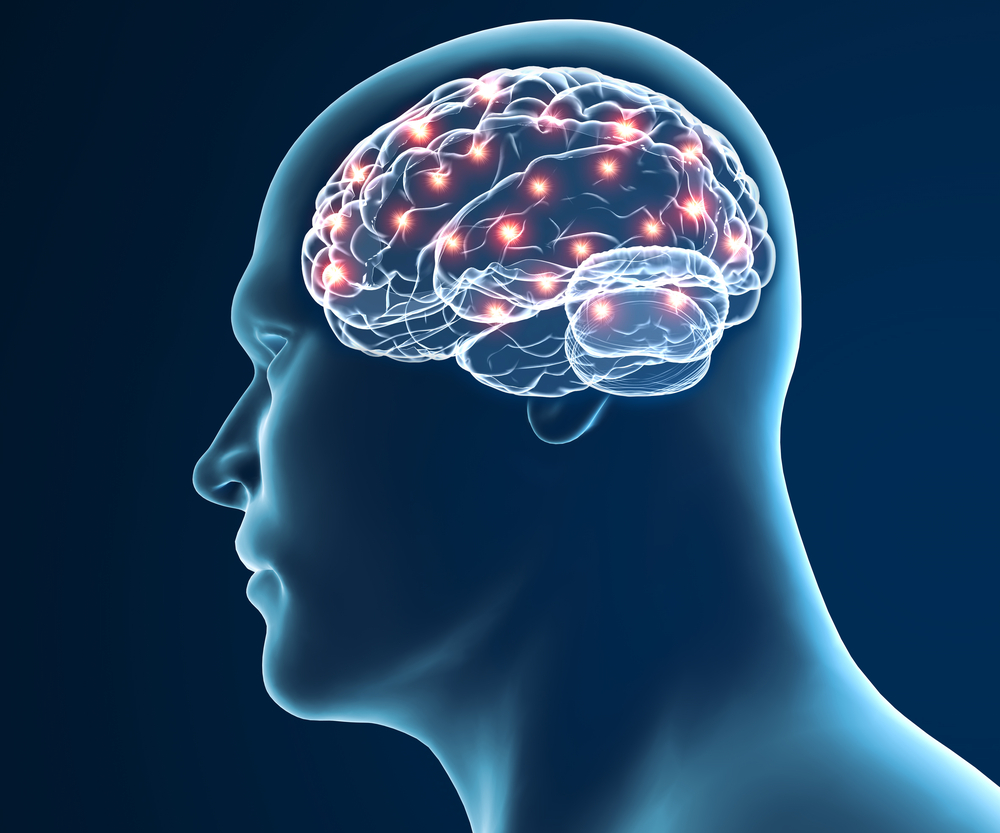Chronic Pain in Sickle Cell Disease Underpinned by Changes in Brain Networks, Study Suggests

Chronic pain in adults with sickle cell disease (SCD), a frequent symptom of the disease, is associated with alterations in the connection of brain regions involved with pain perception, a study indicates.
When SCD patients with chronic pain were compared to those without it, multiple differences were found in the connection of several brain regions implicated in chronic pain, such as memory, emotion, and introspection.
Many of these regions belong to the default mode network (DMN), whose altered dynamics is thought to be critical for the development of chronic pain syndromes.
The study with these findings, “Chronic pain in adults with sickle cell disease is associated with alterations in functional connectivity of the brain,” was published in the journal PLOS ONE.
Thirty percent of patients with SCD report experiencing pain daily, and 50% have enough symptoms to meet a diagnosis of chronic pain syndrome.
The blockage of small blood vessels — termed vaso-occlusion — prevents oxygen supply to tissues, resulting in acute episodes of pain typical in SCD and known as vaso-occlusion crisis (VOC).
Although vaso-occlusion is likely the root of chronic pain in SCD patients, researchers believe that other changes are involved. Many patients feel widespread pain, increased sensitivity to pain (hyperalgesia), and experience pain in the absence of any painful stimuli (allodynia). These are signs of peripheral and central sensitization, which is an overreaction of the central nervous system (CNS) — the brain and spinal cord — to pain.
Researchers have deemed that “factors inherent to SCD, such as tissue damage, persistent pain input, and inflammation, cause maladaptive changes in the central nervous system (CNS), which promote and sustain the perception of pain,” authors of the study wrote.
In comparison to other chronic pain disorders, such as fibromyalgia and lower back pain, little is known about the mechanisms underlying this problem in people with a blood disorder.
A few studies have suggested there are alterations in the brain networks of adults and children with SCD, but so far none have examined the differences between those with or without chronic pain.
In this study, researchers used resting-state functional MRI (rsfMRI) of the brain to see if adult patients with chronic pain have differences in the connectivity of the periaqueductal grey (PAG), an area involved in the suppression of pain, to other brain regions.
They enrolled 22 adults with SCD, ages 25–37, 15 with chronic pain and seven without chronic pain, as well as 10 African-American people used as controls.
They all underwent rsfMRI of the brain, which images the brain while a subject is at rest, without doing any particular task. It is used to evaluate interactions between different brain regions that occur at rest.
These changes are observed by measuring changes in blood flow in the brain, which creates what is referred to as a blood-oxygen-level dependent (BOLD) signal. The low-frequency oscillations of this signal have been linked to spontaneous neural activity.
Few differences were found when patients with SCD were compared to controls, and even fewer differences were noted if only those without pain where compared to healthy subjects.
However, when SCD patients with chronic pain were compared to those without it, multiple alterations were noted in the functional connectivity of PAG with nine other regions in the brain, including the right and left inferior parietal lobule, left precuneus, medial frontal gyrus, and left posterior cingulate cortex.
Several of the regions implicated have functions involved in chronic pain, such as sensory processing, motor processing or executive function, emotion, memory, and learning.
Noticeably, there was a breakdown in the connection to many of the regions involved in the DMN — the large scale network involved in introspective, self-referential “background” activity, believed to be key in developing chronic pain.
“These results suggest that, although the pathogenesis [disease mechanism] of vaso-occlusion may be unique to SCD, the mechanism of chronic pain is not.” researchers wrote.
If the regions of the DMN become fragmented, the perception of pain can become uncoupled from the need for a painful stimuli and, instead, linked to “background” functions, researchers argue.
They add that such changes may explain how an intermittent, vaso-occlusion-pain could become chronic and may occur with minimal injury, or in the absence of it altogether.
“Like those with fibromyalgia and chronic low back pain, functional areas important for memory, emotion, and introspection are altered, suggesting a common mechanism for the development and maintenance of chronic pain across disease states. Regardless of the inciting event, these maladaptive changes remove the sensation of pain from strictly nociceptive [pain sensing] pathways, and may explain how pain evolves from acute to chronic,” they concluded.






